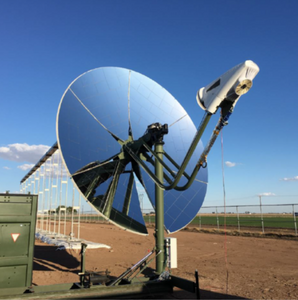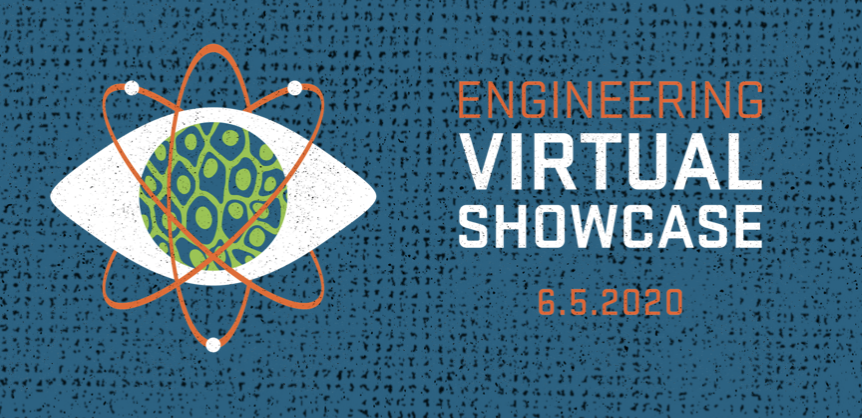
The goal of this project was to make a reaction and separation scheme to produce Dimethyl Ether (DME) and Hydrogen from syngas using a solar thermal powered reactor (STAR) designed by Pacific Northwest National Laboratories (PNNL). Then optimize the process to achieve the lowest price per kg of DME. Hydrogen can be burned for power generation or used in compressed hydrogen fueling stations for hydrogen and fuel cell vehicles. The compressed hydrogen market was worth an estimated $117 billion in 2019 and is anticipated to record a revenue-based compound annual growth rate of 4.32% through 2027. The demand for clean and green fuel is expected to exponentially increase with rising pollution levels coupled with growing government regulations to control and curb the sulfur content in fuels. DME can also be used as an additive to produce low sulfur diesel or as a full substitute in diesel engines. The global dimethyl ether market is anticipated to witness growth in a forecast through 2025. DME shows great potential as an alternative fuel source to hydrocarbons due to its virtually nonexistent particulate emissions (SOx and NOx). It also can be much more easily stored and transported than hydrogen due to the higher boiling temperature; in addition, it has twice the energy density (by volume) of liquid hydrogen. The team started with the STAR’s reactor designed by PNNL which was an innovative design due to the use of solar thermal energy, and has been demonstrated to store energy at up to 69% efficiency. From there, a water gas shift equilibrium reactor and a high-pressure dimethyl ether equilibrium reactor were designed using Aspen HYSYS. Finally, a separations section for the product was designed. It utilizes phase separation, gas absorption, pressure swing adsorption, and distillation to get to an industry grade purity of Hydrogen and DME.
